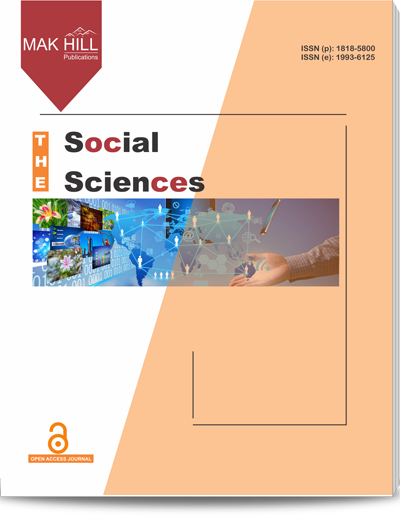
The Social Sciences
ISSN: Online 1993-6125ISSN: Print 1818-5800
Abstract
The people who were besotted with the hippie movement, a social movement that swept across the world in the late 60’s, naturally interacted with the local people of Cappadocia where a secluded culture prevailed in those days and which was located on the route of their journey to the East. The purpose of this study is to analyze the way the hippies were perceived by the local people of Cappadocia, their roles in development of tourism in Cappadocia and the aspects of their support to tourism in the earlier periods of this trend. For this purpose, the perceptions of the people who interacted with the hippies, has been put forth through descriptive analysis in line with the findings obtained through in-depth interviews conducted with the local people of Cappadocia on November, 2013. Intergroup relationships and the support of local people to tourism have been discussed within the framework of Social Identity Theory. The roles of hippies’ visits and the way the local people perceived these visits on regional tourism activities have been examined. At the end of this study it has been concluded that the majority of local people categorized the hippies as "others" in the earlier stages and their initial affection against the hippies and the development of tourism was negative. As the social and cultural communications increased and began to yield economic benefits, the negative feelings were replaced with a positive approach and thus, the support of local people for the development of tourism increased gradually.
How to cite this article:
Arzu Turan and Nazmi Kozak. Residents’ Support for Tourism in Cappadocia: Case of the Hippies.
DOI: https://doi.org/10.36478/sscience.2016.4875.4881
URL: https://www.makhillpublications.co/view-article/1818-5800/sscience.2016.4875.4881